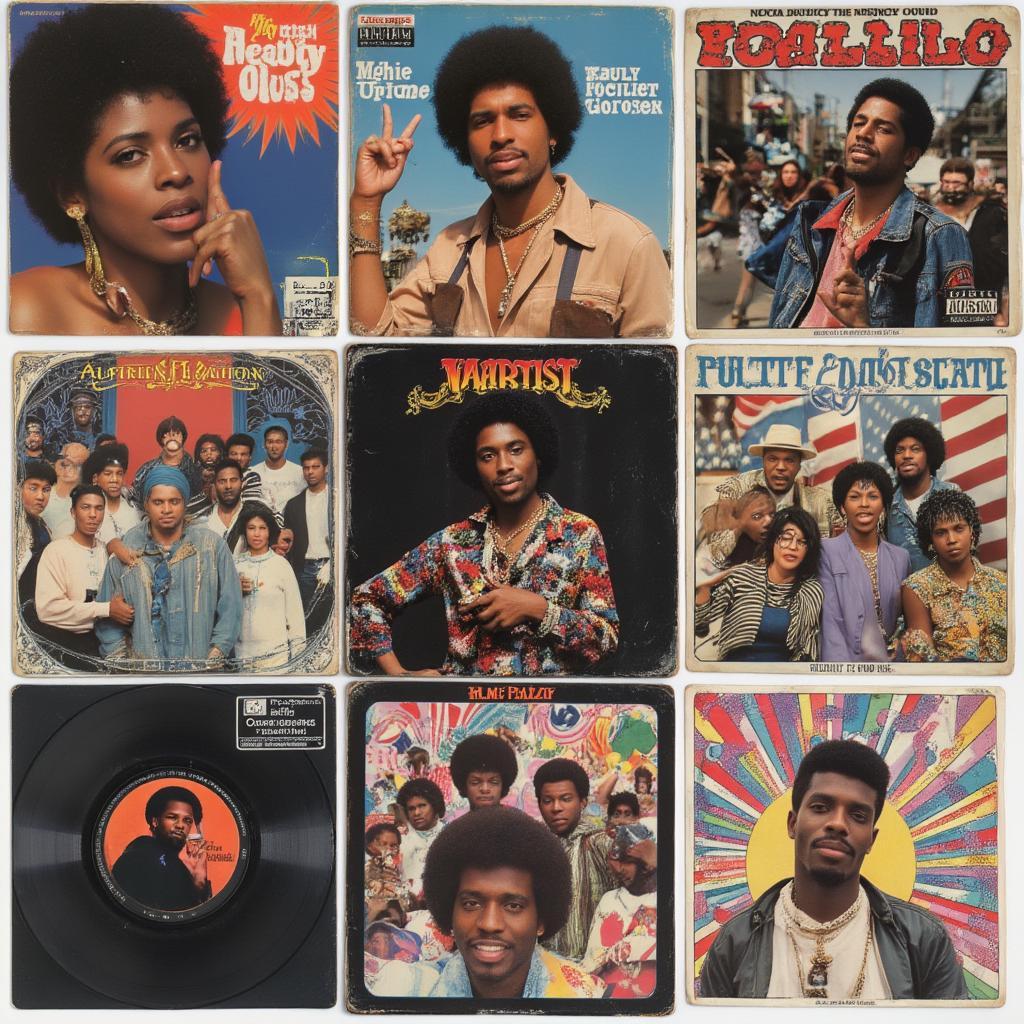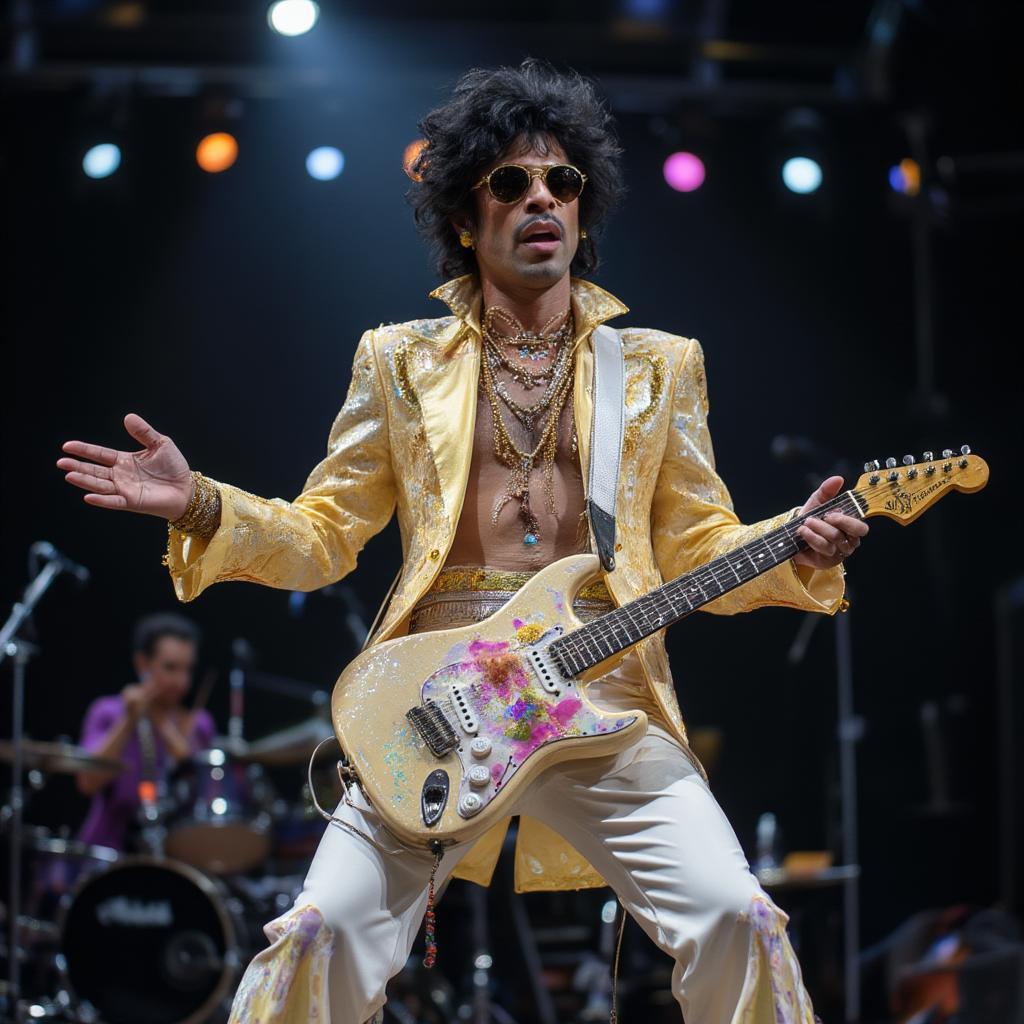Grooving Back to the Future: A Deep Dive into 80’s Funk Music

The 80’s funk music scene was a vibrant tapestry woven with infectious grooves, soulful vocals, and innovative instrumentation. Emerging from the foundational funk of the 70s, this era witnessed a transformation of the genre, embracing new technologies and pushing creative boundaries. From the synthesized soundscapes of Parliament-Funkadelic to the streetwise rhythms of Prince, 80’s funk left an indelible mark on music history. This exploration delves into the key elements, influential artists, and lasting legacy of this electrifying period in funk’s evolution.
The Evolution of Funk: Entering the 80’s
The 80’s saw funk music evolve, incorporating synthesizers, drum machines, and sequencers, creating a more electronic and futuristic sound. This shift distinguished it from the predominantly organic instrumentation of its predecessor. While retaining the core elements of funk – syncopated rhythms, prominent bass lines, and soulful vocals – 80’s funk artists experimented with textures and sonic landscapes, resulting in a unique and dynamic sound. This era also witnessed the rise of subgenres like electro-funk and boogie, further diversifying the funk landscape. The rhythmic complexity and improvisational spirit remained, but the tools changed, paving the way for a new wave of funk innovation.
The Pioneers of 80’s Funk: Shaping the Sound
Several artists spearheaded the 80’s funk revolution. Parliament-Funkadelic, led by the visionary George Clinton, continued their reign with their signature blend of psychedelic funk and social commentary. Prince, a multi-talented instrumentalist and songwriter, emerged as a dominant force, crafting a unique brand of funk infused with rock and pop sensibilities. Other notable artists like Rick James, Zapp, and Cameo contributed significantly to the era’s soundscape, each with their distinctive style and flair. These artists not only shaped the sound of 80’s funk but also influenced subsequent generations of musicians.
Key Characteristics of 80’s Funk Music: A Sonic Fingerprint
Several distinct elements define 80’s funk music. The prominent use of synthesizers, particularly the Minimoog and the Roland TR-808 drum machine, created signature sounds that became synonymous with the genre. The bass guitar, often played with a slapping and popping technique, remained a crucial element, driving the rhythmic foundation of the music. Complex polyrhythms and syncopation continued to be central to the funk sound, creating a sense of urgency and excitement. Lyrics often touched upon themes of social commentary, love, and partying, reflecting the cultural landscape of the time.
The Influence of Technology: Synthesizers and Drum Machines
The advent of affordable and accessible synthesizers and drum machines democratized music production, allowing more artists to experiment with sound. The iconic Roland TR-808, with its booming bass drum and crisp snare, became a staple in 80’s funk, laying the foundation for countless hits. Synthesizers provided a vast palette of sounds, from lush pads to searing leads, further expanding the sonic possibilities of the genre. This technological revolution fundamentally altered the way funk music was created and consumed.
The Cultural Impact of 80’s Funk: Beyond the Music
80’s funk music transcended mere entertainment; it became a cultural phenomenon. The vibrant fashion, energetic dance styles, and socially conscious lyrics resonated with a generation seeking self-expression and change. Funk artists often addressed issues of race, poverty, and inequality, providing a voice for marginalized communities. The music’s infectious energy and positive vibes fostered a sense of unity and celebration, creating a powerful cultural movement that extended far beyond the dance floor.
Was 80’s Funk just about the Groove? The Role of Social Commentary
While the undeniable groove was central to 80’s funk, many artists used their platform to address social and political issues. Lyrics often tackled themes of racial injustice, economic disparity, and the challenges faced by urban communities. This social commentary, embedded within the infectious rhythms and melodies, added depth and substance to the music, making it a powerful vehicle for social change.
“Funk music in the 80s wasn’t just about getting people to dance; it was about making them think too. The best artists used their music to shine a light on the issues that mattered.” – Dr. Reginald Funkenstein, Professor of Musicology at the Funk University of America.

The Legacy of 80’s Funk: An Enduring Influence
The impact of 80’s funk resonates in contemporary music across various genres. From hip-hop and R&B to electronic music and pop, the influence of 80’s funk can be heard in the rhythmic foundations, production techniques, and sonic aesthetics of countless artists. The innovative use of technology, the emphasis on the groove, and the spirit of experimentation continue to inspire musicians today. 80’s funk remains a vital and influential force, shaping the sounds of the future.
80s Funk’s Influence on Modern Music Genres: From Hip-Hop to Electronic Music
The legacy of 80’s funk extends far beyond its own era. Its influence can be heard in the sampled breaks of hip-hop, the rhythmic foundations of contemporary R&B, and the electronic textures of modern dance music. The pioneering spirit of 80’s funk artists paved the way for countless musical innovations, ensuring that their legacy would continue to inspire future generations.
“The DNA of 80’s funk is woven into the fabric of modern music. It’s a sound that continues to evolve and inspire.” – Amelia Groovemaster, Award-winning Music Producer and DJ.
Conclusion: The Everlasting Groove of 80’s Funk Music
80’s funk music represents a pivotal chapter in the evolution of funk. By embracing new technologies and pushing creative boundaries, the artists of this era created a unique and dynamic sound that continues to captivate audiences today. From the groundbreaking use of synthesizers and drum machines to the socially conscious lyrics and infectious grooves, 80’s funk left an indelible mark on music history. Explore the sounds of 80’s funk and rediscover the magic of this golden age of musical innovation.

FAQ: Your Burning Questions About 80’s Funk Music
-
What is the defining characteristic of 80’s funk music? The prominent use of synthesizers and drum machines, creating a more electronic sound.
-
Who are some of the most influential 80’s funk artists? Parliament-Funkadelic, Prince, Rick James, Zapp, and Cameo.
-
How did technology impact 80’s funk music? Synthesizers and drum machines allowed for greater sonic experimentation and accessibility in music production.
-
What are some popular 80’s funk songs? “Atomic Dog” by George Clinton, “Super Freak” by Rick James, “1999” by Prince.
-
What is electro-funk? A subgenre of funk that heavily incorporates electronic instruments and often features vocoder vocals.
-
How did 80’s funk influence hip-hop? Hip-hop producers frequently sampled drum breaks and bass lines from 80’s funk records.
-
What is the legacy of 80’s funk music? Its innovative use of technology and emphasis on the groove continue to inspire musicians across various genres today.
-
Where can I listen to 80’s funk music? Streaming platforms like Spotify, Apple Music, and YouTube Music have extensive 80’s funk catalogs.
-
What is the difference between 70s funk and 80s funk? 80s funk incorporates more electronic elements and often features a more polished production style compared to the rawer sound of 70s funk.




